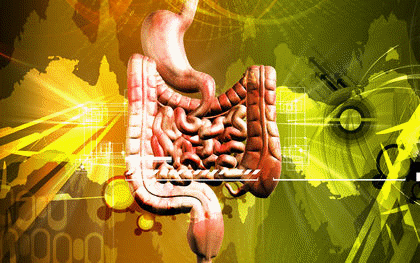 Organ systems represent a level of organization higher than organs
Different tissues are organized into organs and in some organs, the tissues are arranged in layers. For example, the vertebrate digestive system is made up of different organs, like stomach, small intestine, large intestine etc.
Organ systems represent a level of organization higher than organs
Different tissues are organized into organs and in some organs, the tissues are arranged in layers. For example, the vertebrate digestive system is made up of different organs, like stomach, small intestine, large intestine etc. Different tissues are organized into organs and in some organs, the tissues are arranged in layers.
For example, the vertebrate stomach has four major tissue layers. A thick epithelium lines the lumen and secretes mucus and digestive juices into it. A zone of connective tissue, surrounded by a thick layer of smooth muscle covers the epithelium and another layer of connective tissue encases the entire stomach. Many of the organs of vertebrates are suspended by sheets of connective tissue called mesenteries in moist or fluid–filled body cavities. Mammals have a thoracic cavity housing the lungs and heart that is separated from the lower abdominal cavity by a sheet of muscle called the diaphragm.
Organ systems represent a level of organization higher than organs. They carry out the major body functions of most animals. Each organ system consists of several organs and has specific functions, but the efforts of all systems must be coordinated for the animal to survive. For instance, nutrients absorbed from the digestive tract are distributed throughout the body by the circulatory system. But the heart, which pumps blood through the circulatory system, depends on nutrients absorbed by the digestive tract as well as on oxygen (O2) obtained by the respiratory system. Any organism, whether single–celled or an assembly of organ systems, is a coordinated living system.